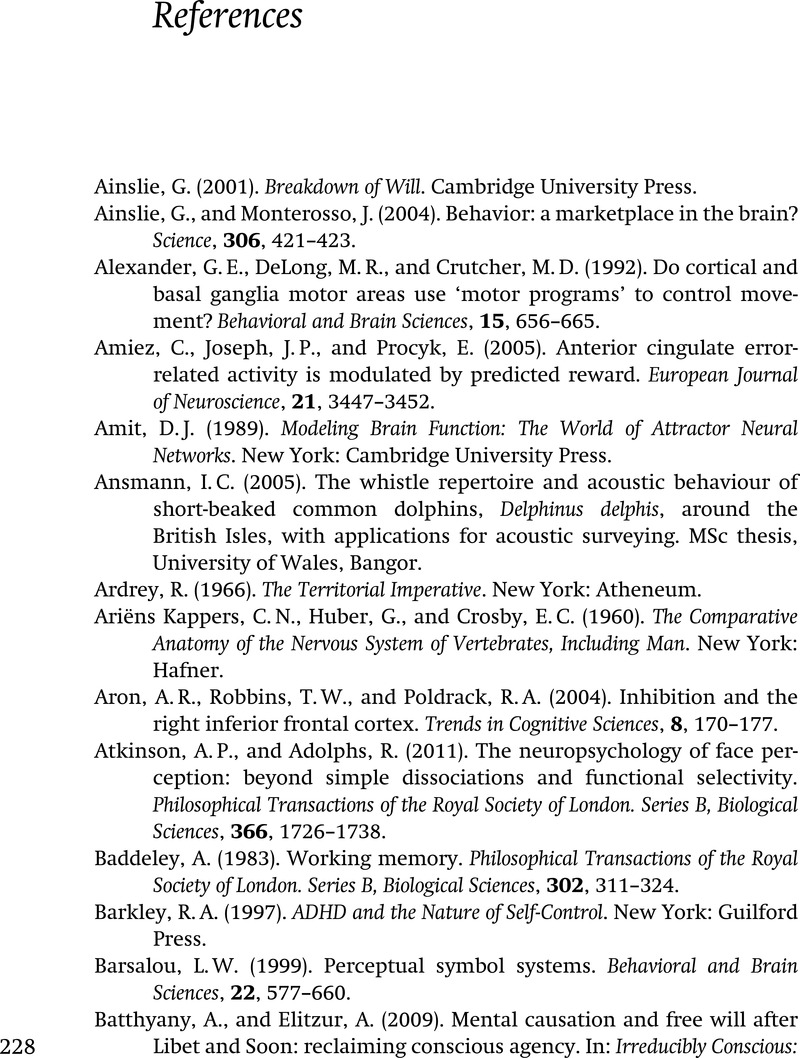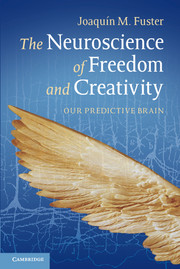References
Published online by Cambridge University Press: 05 June 2014
Summary

- Type
- Chapter
- Information
- The Neuroscience of Freedom and CreativityOur Predictive Brain, pp. 228 - 241Publisher: Cambridge University PressPrint publication year: 2013



